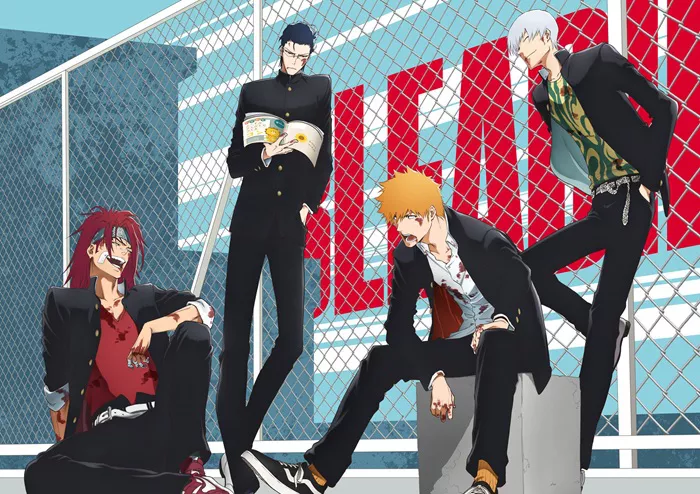Bleach,” a popular manga series by Tite Kubo, has garnered significant attention both in its original manga form and its anime adaptation. While the anime stays largely true to the manga’s storyline, several key differences distinguish the two versions. Fans who engage with only one format may miss out on crucial nuances, as the adaptations diverge in various ways. Here, we explore ten significant differences between the “Bleach” manga and its anime counterpart.
1. Reduced Focus on Ichigo’s Father
In the anime, Isshin Kurosaki, Ichigo’s father, plays a less prominent role compared to the manga. Although he becomes an essential character later in the series, the anime trims his early appearances and dialogues. This reduction in screen time makes him seem less significant initially, likely because the anime’s creators did not anticipate his later importance.
2. Minimalist Backgrounds in the Manga
Tite Kubo’s manga is known for its sparse backgrounds, focusing primarily on character details. This contrasts with the anime, which adds more detailed backgrounds to enhance visual storytelling. Kubo’s approach emphasizes character emotions and actions over setting, creating a distinctive visual style that the anime adapts differently.
3. Yuzu’s Ability to See Spirits
In the manga, Yuzu Kurosaki, Ichigo’s youngest sister, can see spirits, albeit vaguely. However, this ability is altered in the anime. Initially, Yuzu claims to “sense” spirits rather than see them. This change is a result of a retcon in the manga, which the anime adjusted to align with the revised storyline.
4. Introduction of Mod Soul Characters
The anime introduces several Mod Soul characters—Ririn, Kurodo, and Noba—during a filler arc. These characters, initially created to add depth to the filler episodes, continue to appear in later episodes, including canonical story arcs. Their ongoing presence in the anime has been a point of contention among manga purists.
5. Censorship of Injuries
The anime adaptation of “Bleach” significantly tones down the depiction of injuries compared to the manga. Severe wounds, such as Uryu’s hand being severed in the manga, are portrayed less graphically in the anime. This censorship is intended to adhere to broadcasting standards and maintain the series’ suitability for a younger audience.
6. Extended Fight Scenes
The anime often prolongs fight scenes and character interactions compared to the manga. This includes adding filler content and flashbacks to extend episodes. While this can provide additional character development, it sometimes leads to debates about whether the extended scenes add meaningful content or simply prolong the story unnecessarily.
7. Extensive Filler Content
“Bleach” is notorious for its extensive filler episodes, comprising nearly half of its 366-episode run. These filler arcs, which were created to allow the manga to progress further ahead, contribute to a significant portion of the anime’s content. This results in a substantial amount of non-canonical material that fans of the manga may find superfluous.
8. Enhanced Characterization in the Manga
Many fans believe that the manga provides stronger characterization compared to the anime. Key moments and dialogues that are omitted or altered in the anime can impact how characters are perceived. For instance, Ichigo and Orihime’s relationship is generally seen as more nuanced in the manga.
9. Increased Focus on Popular Characters
The anime sometimes gives additional screen time to popular characters, particularly those from Squad 11 and Squad 10. This focus on fan-favorite characters often appears in filler arcs, providing more exposure for these characters but potentially diluting the overall narrative quality.
10. Greater Emphasis on the World of the Living
Unlike the manga, which shifts its focus away from the World of the Living to explore the Soul Society and Hueco Mundo, the anime includes more filler episodes set in the human world. This allows for the continued involvement of characters like Ichigo’s sisters and friends, who otherwise become less relevant as the manga progresses.
Conclusion
While “Bleach” fans may find value in both the manga and anime versions, understanding these key differences enhances appreciation of each format. From altered character roles to varying degrees of visual detail, each adaptation offers a unique perspective on Tite Kubo’s expansive universe.

